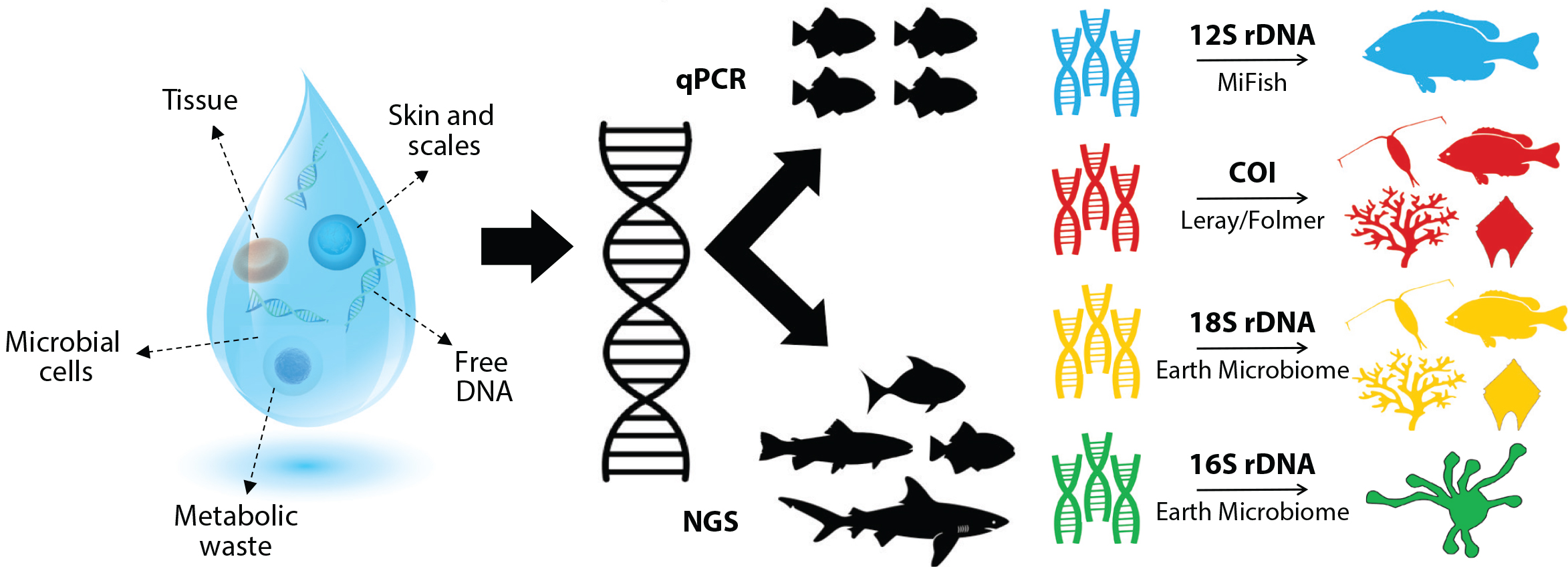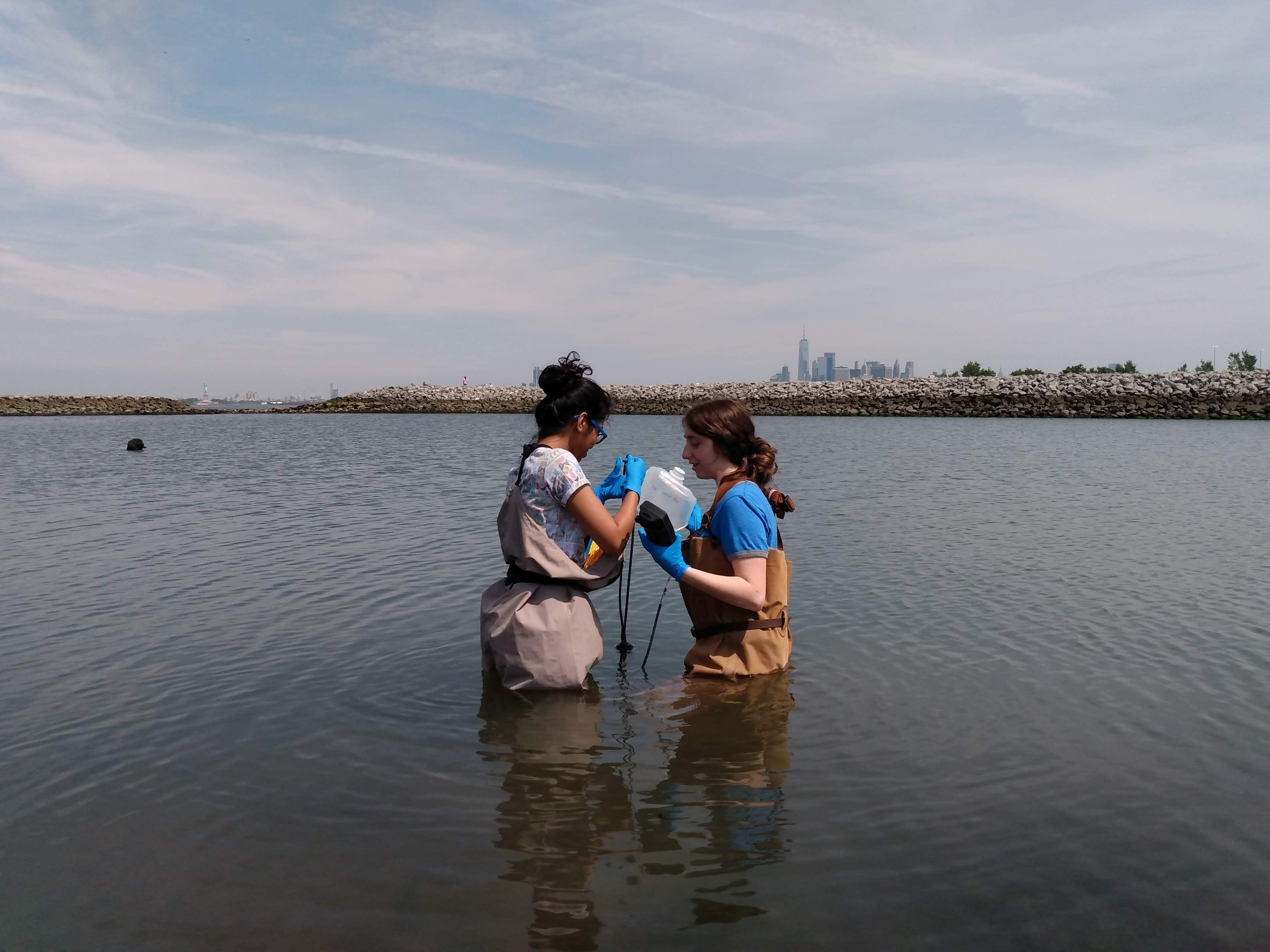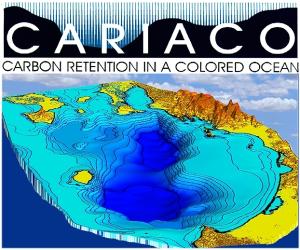Projects
Environmental DNA (eDNA) Signatures of Marine Animals
As they transit through water, marine animals leave behind cellular material, which can be filtered and their environmental DNA (“eDNA”) extracted and sequenced to determine their taxonomic identity. This approach is being used to determine presence, absence, and diversity of marine animals, including rare species that are difficult to detect by traditional methods. I collaborate with the Institute for Ocean Conservation Science, Shinnecock Bay Restoration Program and the Gino Macchio Foundation in the lagoons on the south shore of Long Island. We are building and implementing the eDNA approach to determine distributions of fishes, rays, and sharks, and other top vertebrate predators in order to determine the impact of restoration on broader marine biodiversity, and the resiliency of these ecosystems in the face of climate change.

Image from Chavez et al. 2021
Microbial Communities of Restored Oyster Reefs
 New York coastlines used to be full of oysters, but populations are less than 0.1% of their historical abundances. Through partnerships with restoration organizations like the Billion Oyster Project and the Gino Macchio Foundation, we are monitoring the impacts of microbes on oyster health and oyster reef restoration. Reefs have varying successes and failures. Some of this may be due to bacterial pathogens, which are causing disease in marine animals all over the world due to rising water temperatures.
New York coastlines used to be full of oysters, but populations are less than 0.1% of their historical abundances. Through partnerships with restoration organizations like the Billion Oyster Project and the Gino Macchio Foundation, we are monitoring the impacts of microbes on oyster health and oyster reef restoration. Reefs have varying successes and failures. Some of this may be due to bacterial pathogens, which are causing disease in marine animals all over the world due to rising water temperatures.
With funding from the NY Water Resources Institute, we have developed a bacterial health monitoring tool that uses third generation sequencing techniques to help managers determine the onset of bacterial diseases during restoration activities or during aquaculture. Currently we are testing this approach in Great South Bay.
Elemental Cycling in Oxygen-Depleted Water Columns (ODWCs)

ODWCs are hotspots for biogeochemical cycling by marine microbes. My research has focused on deciphering the roles of these unique microbiomes in global biogeochemical cycling by using genomic and geochemical techniques. For more information check out the Cariaco Ocean Time-Series project.
Example Analyses and Lab Notebooks:
- Example Bioinformatic pipeline
- Ecological Statistics across Environmental Gradients
- Building eDNA Reference Databases
